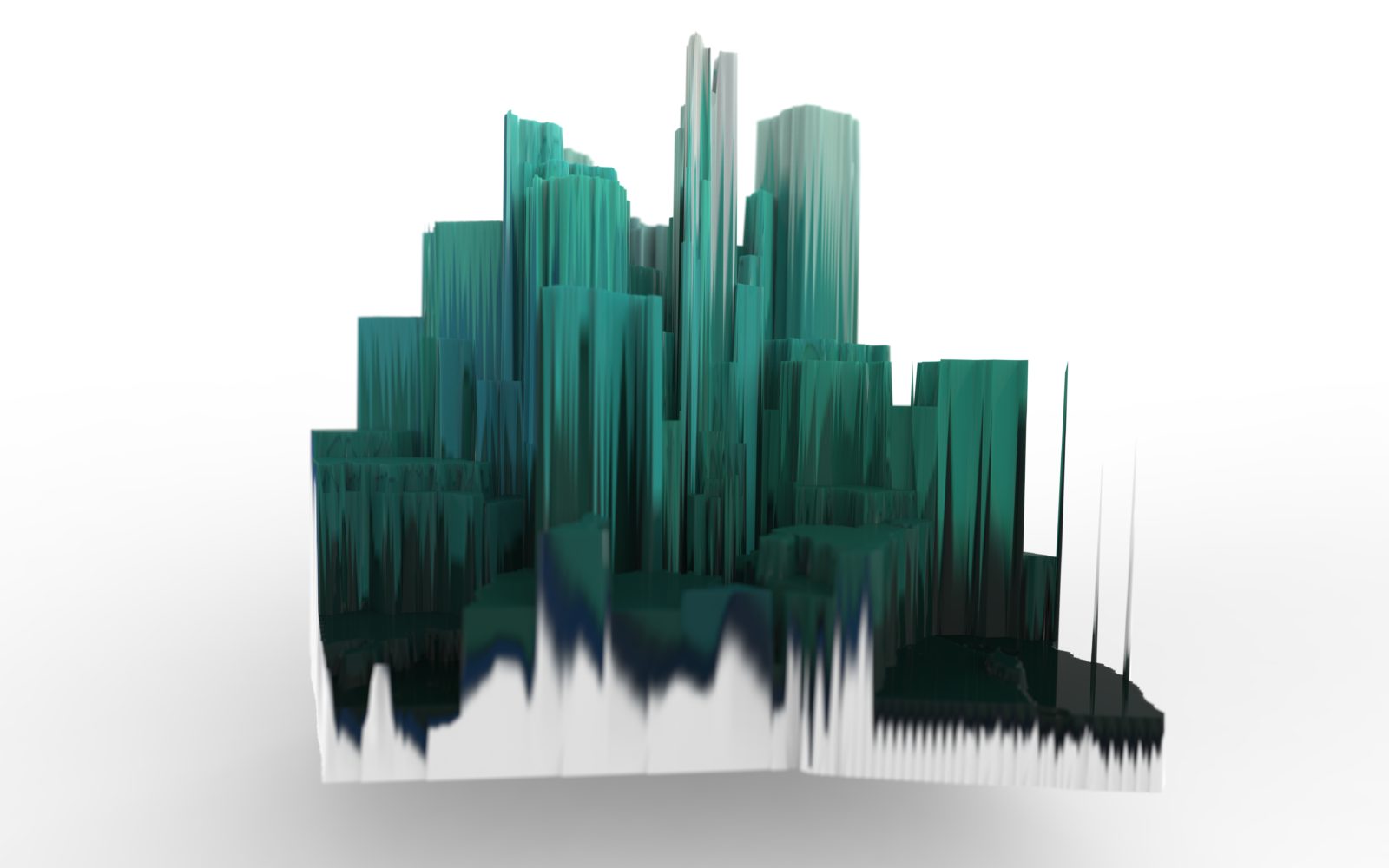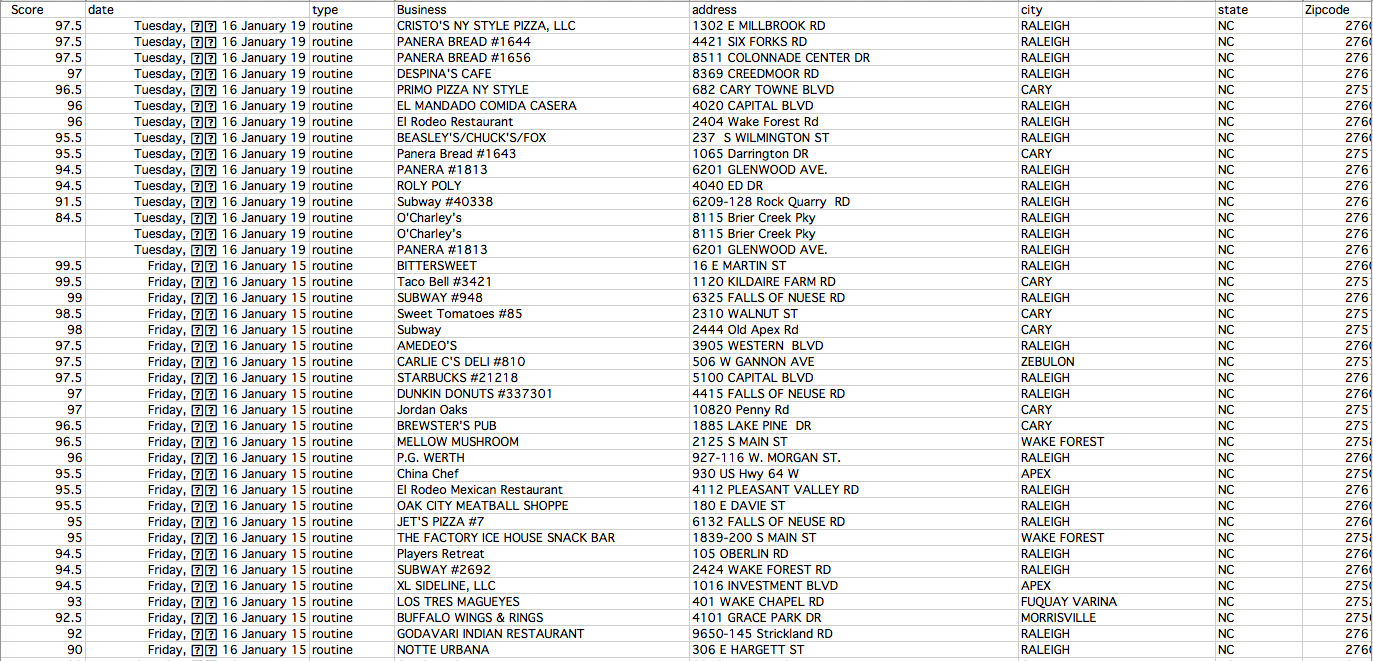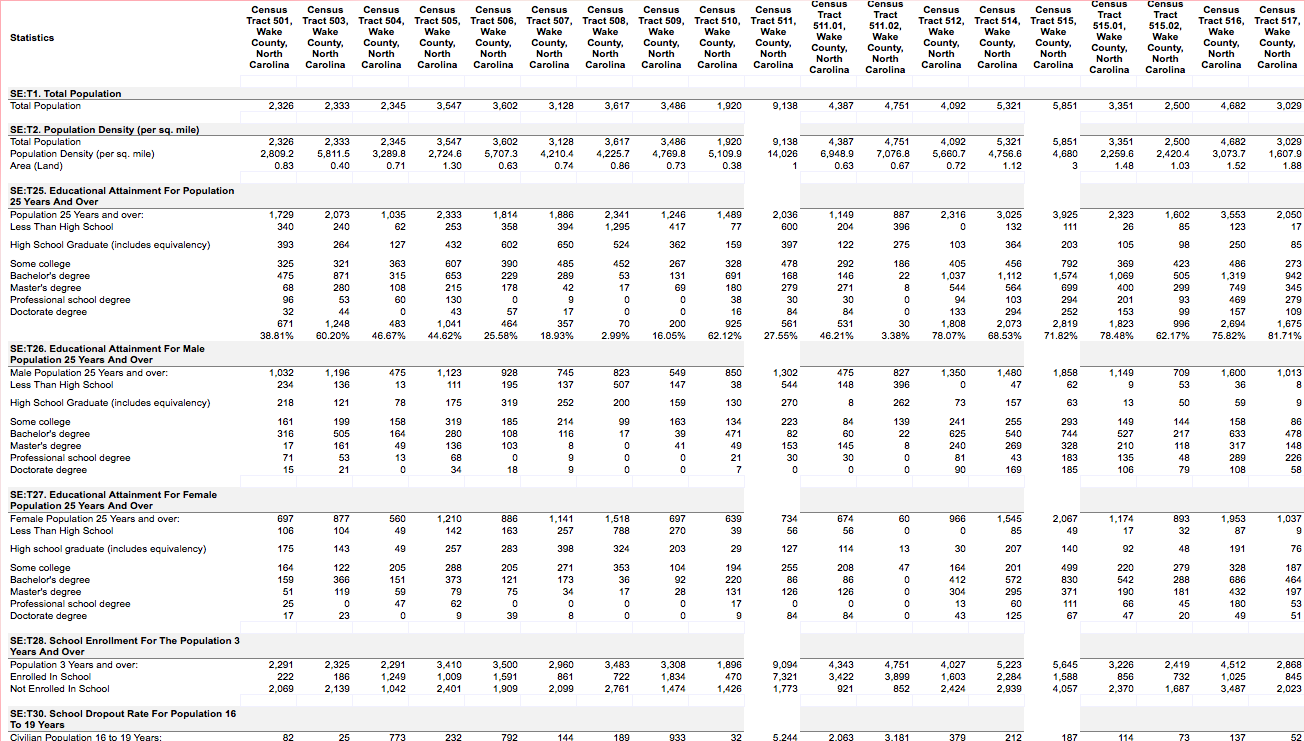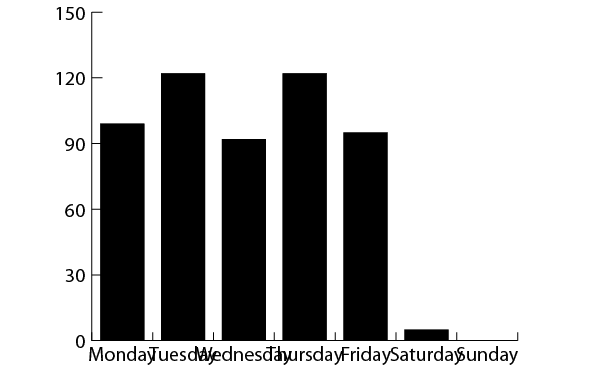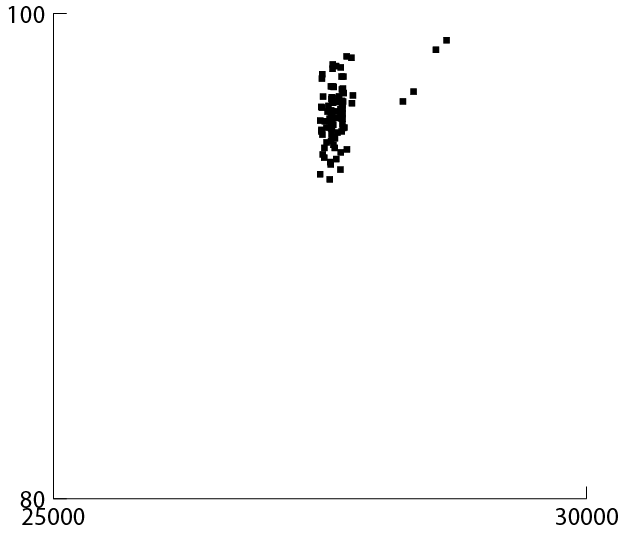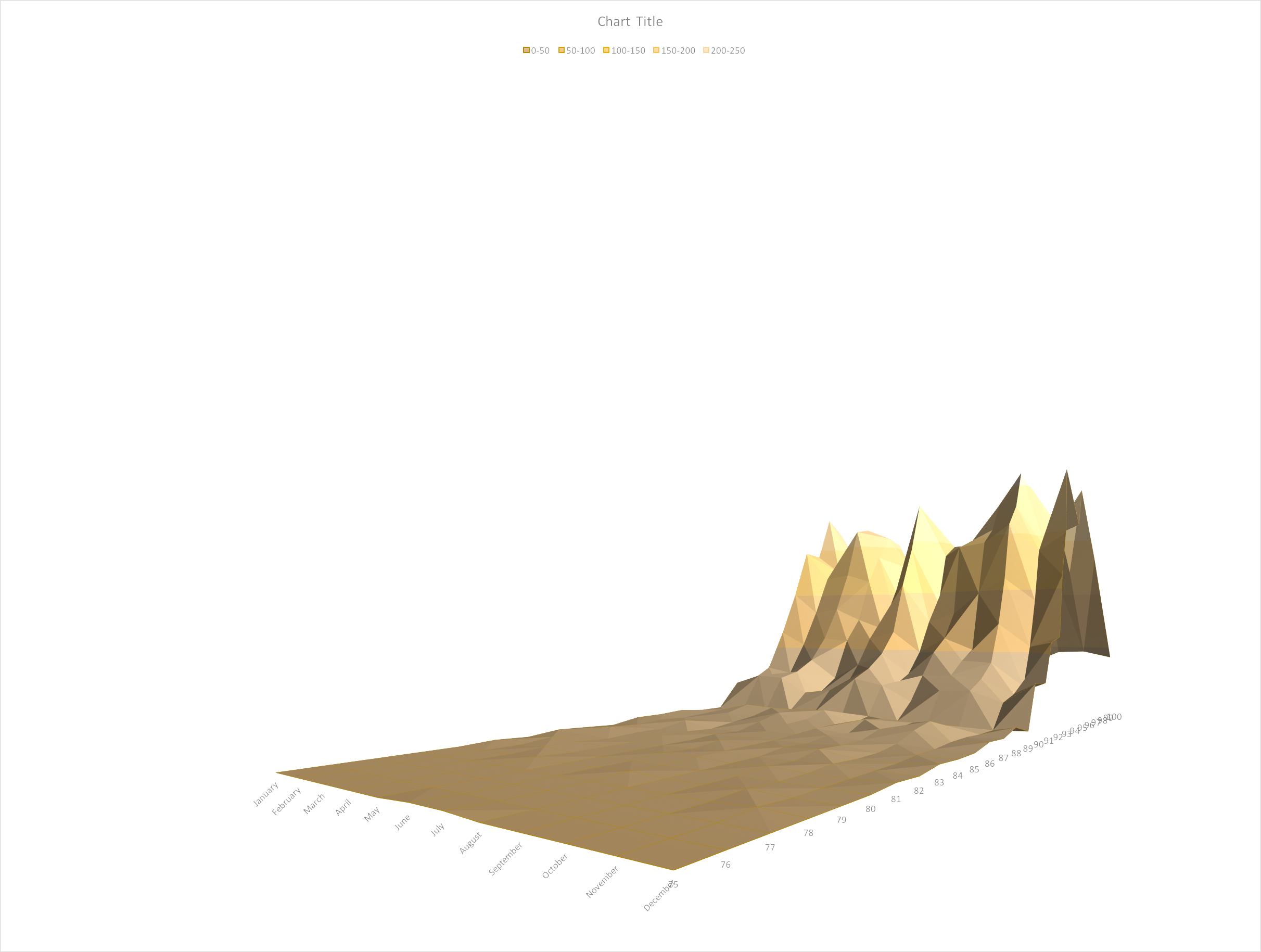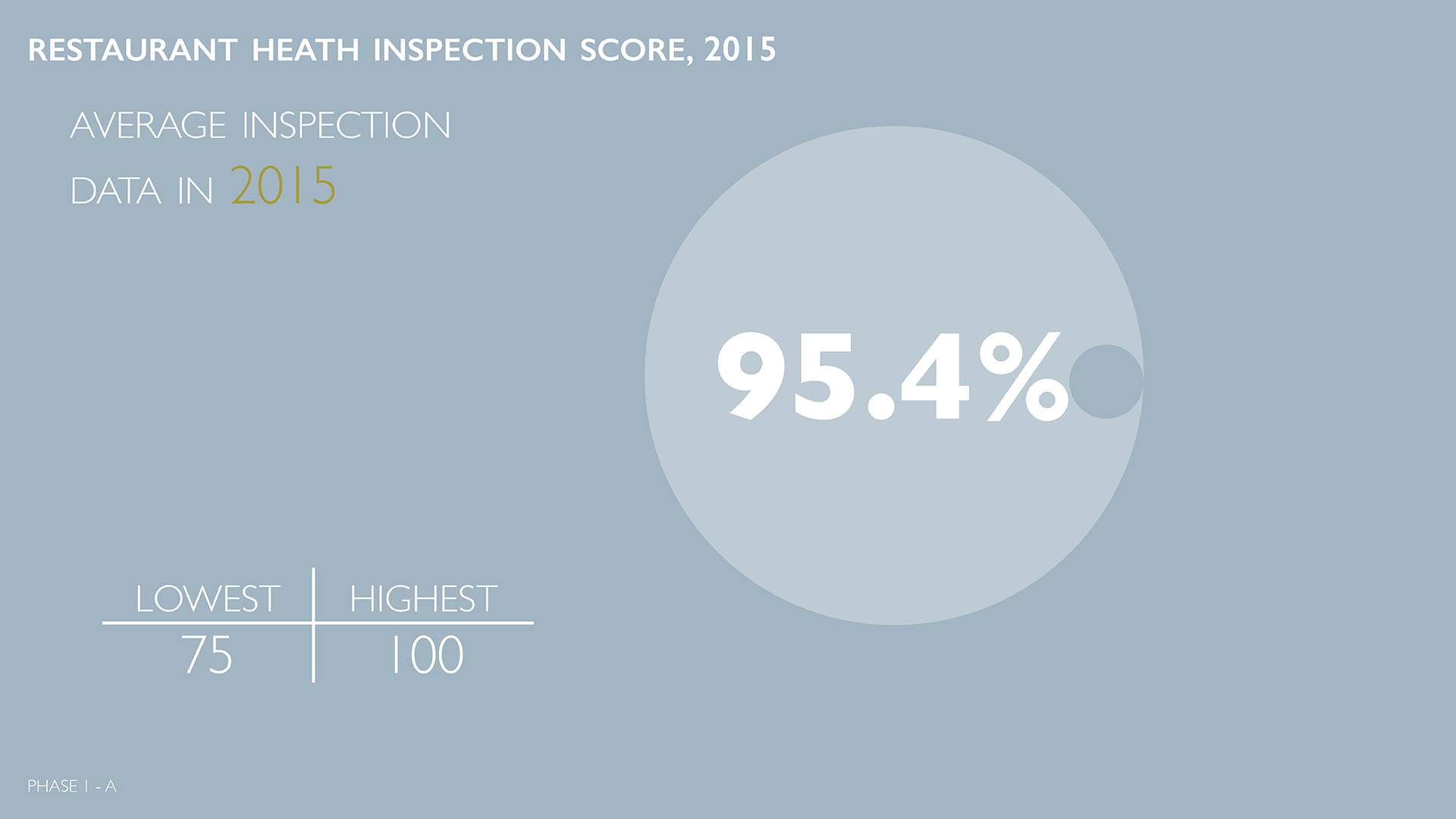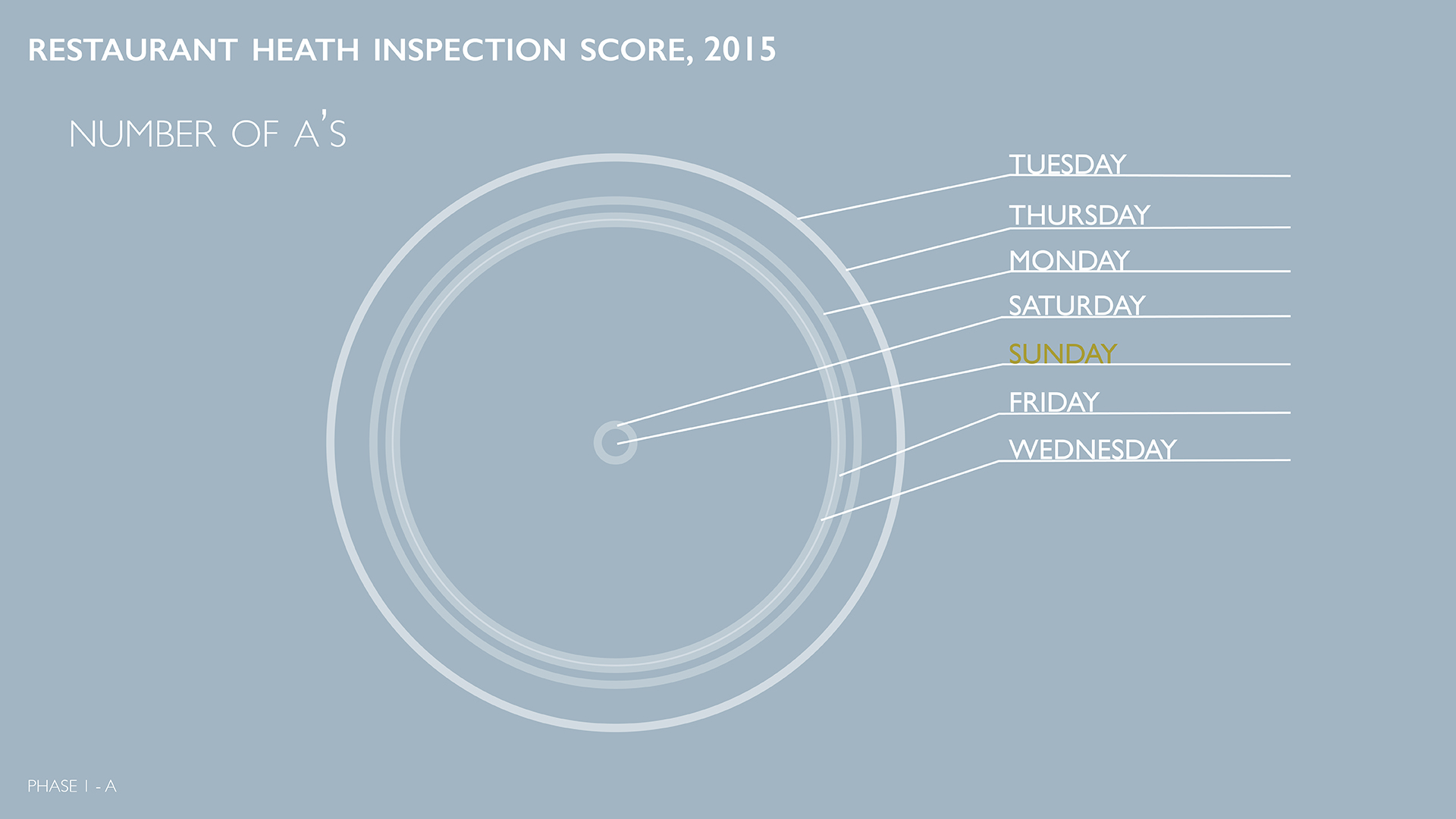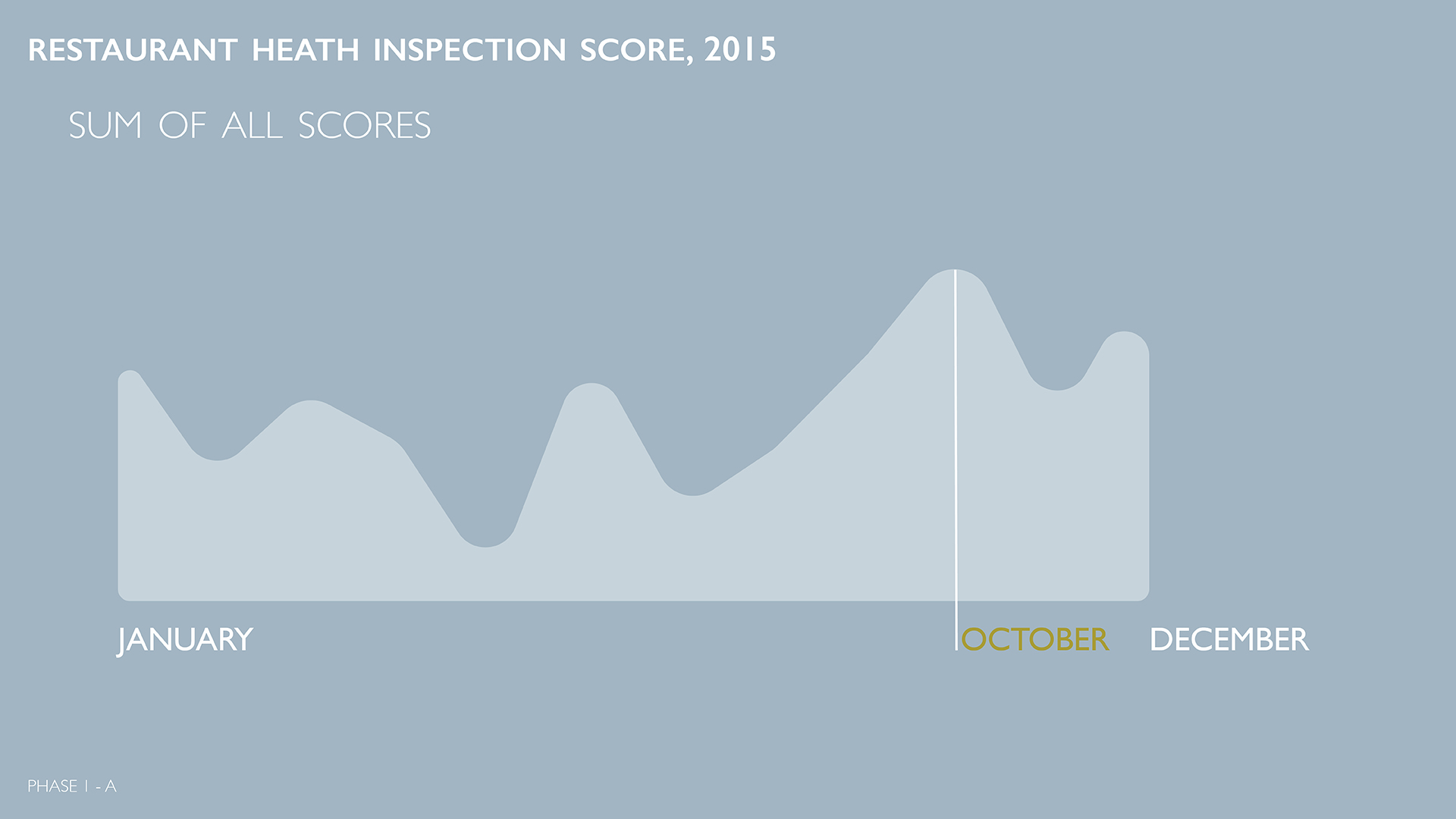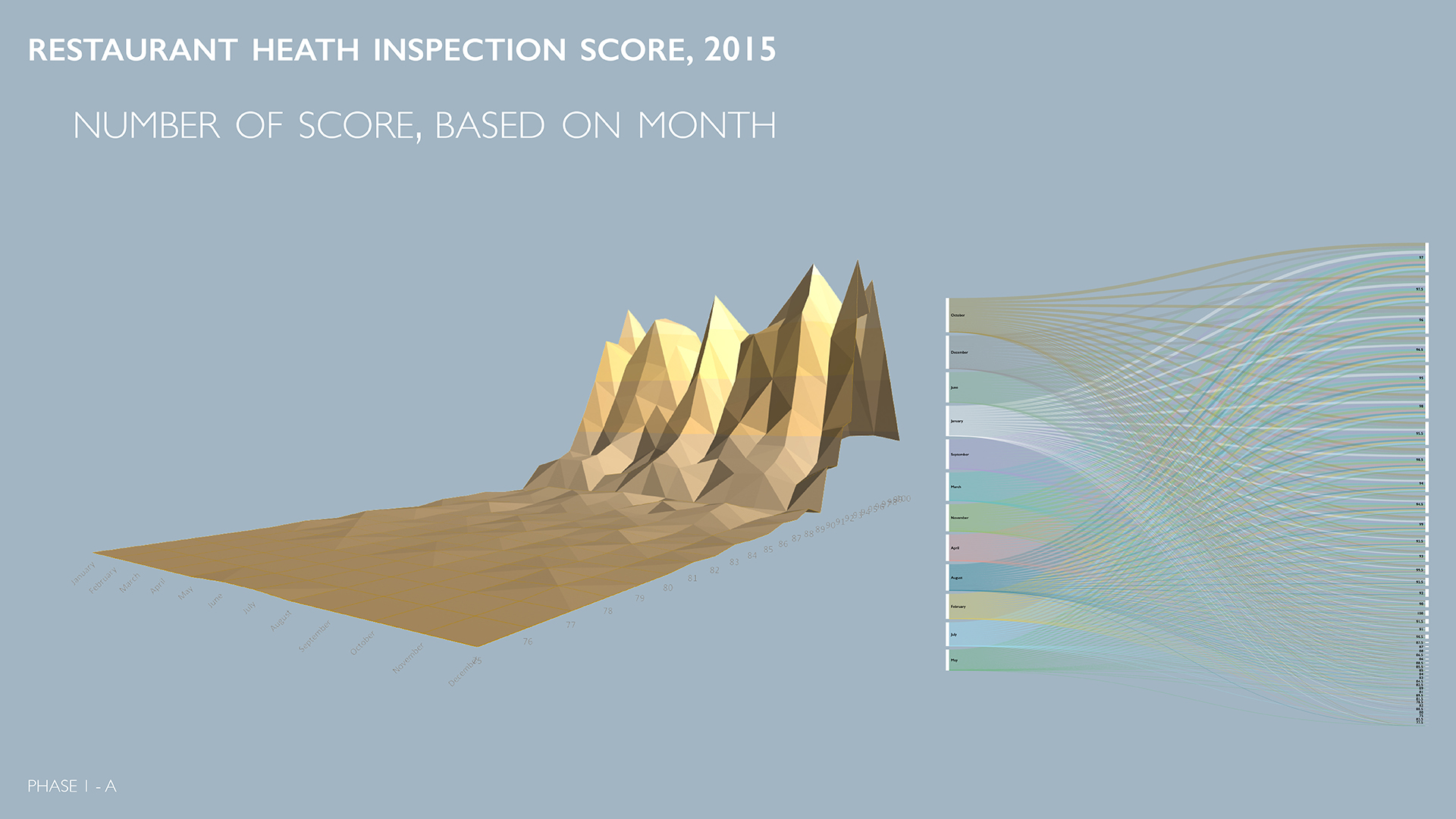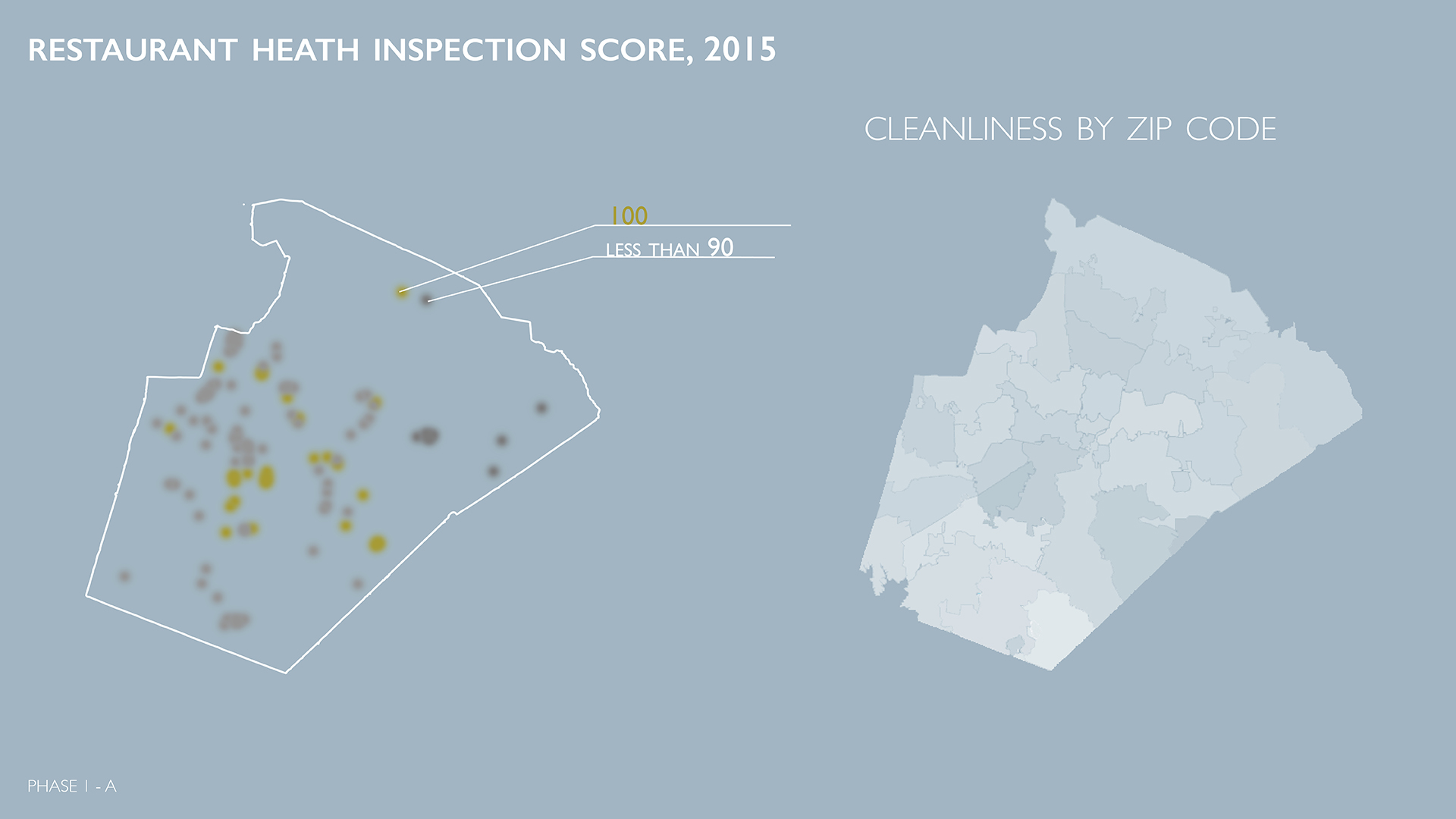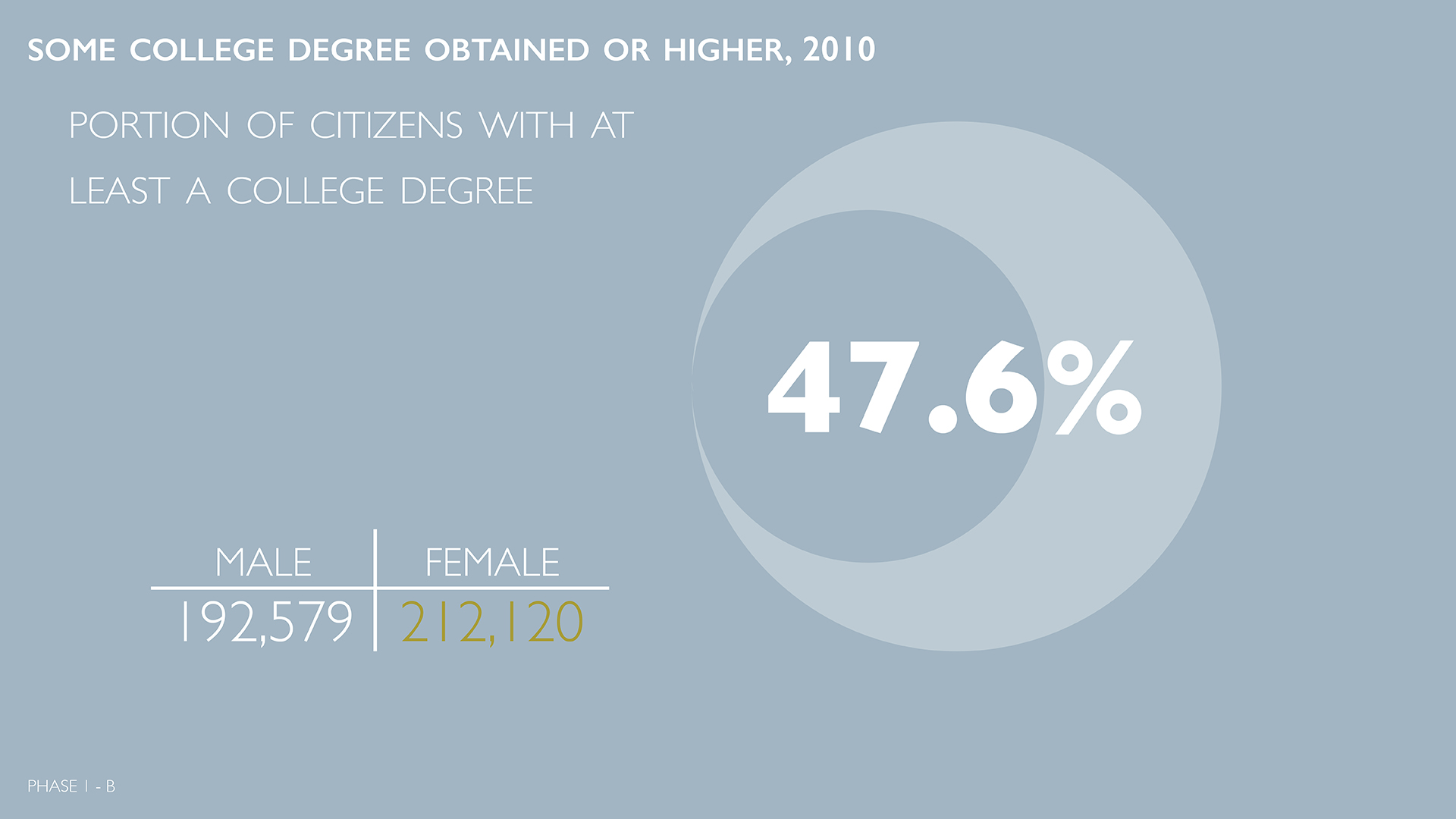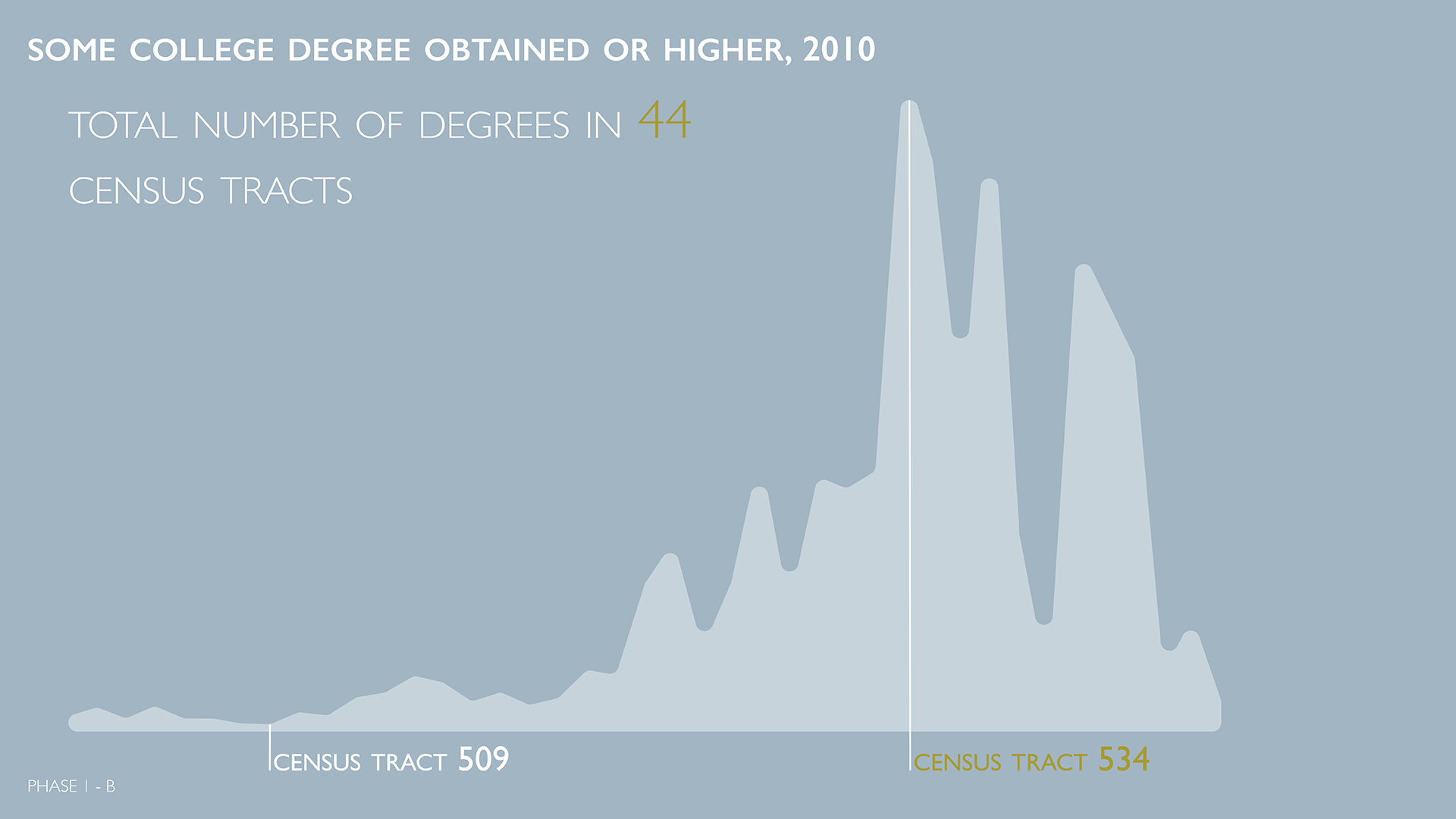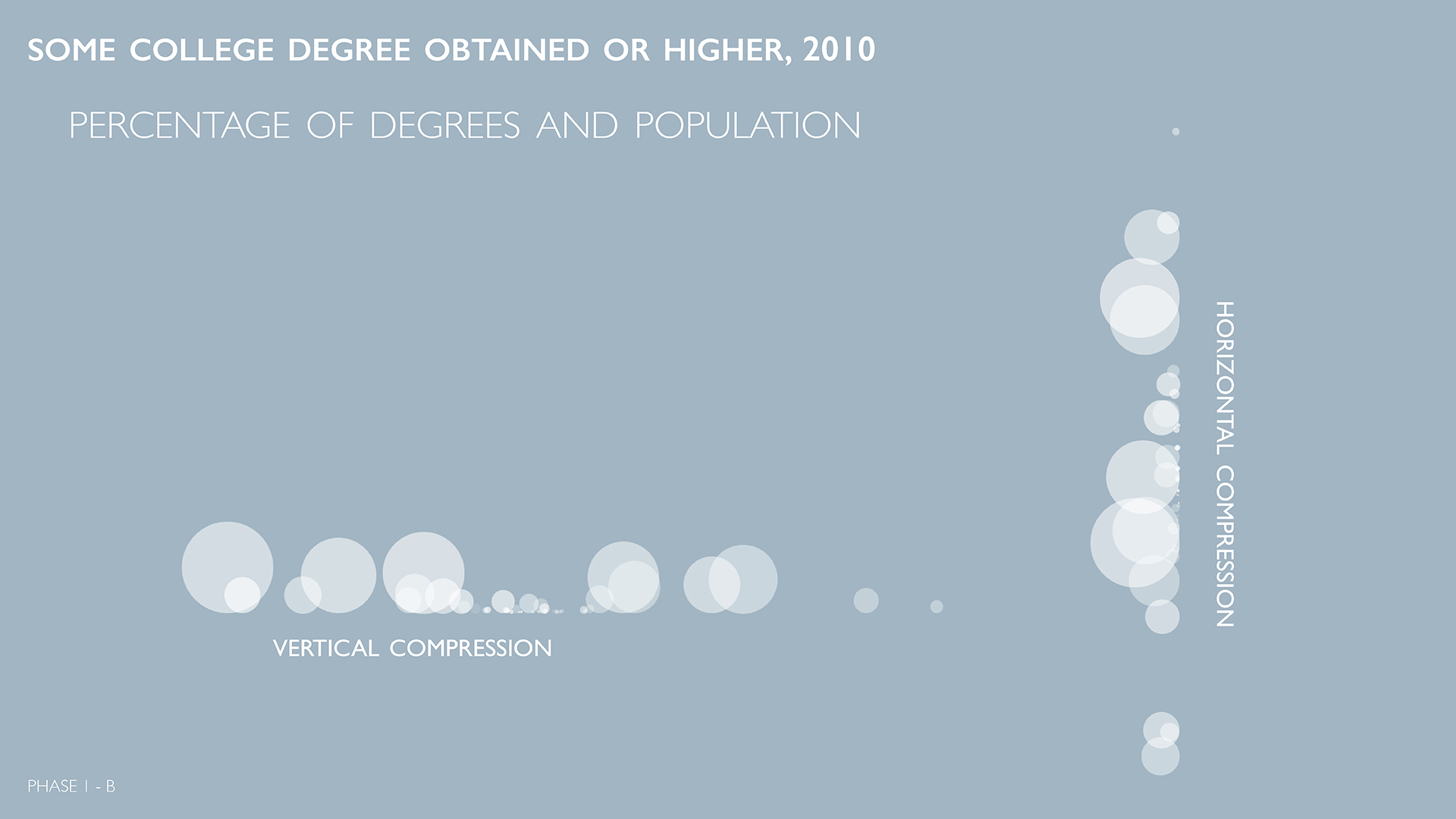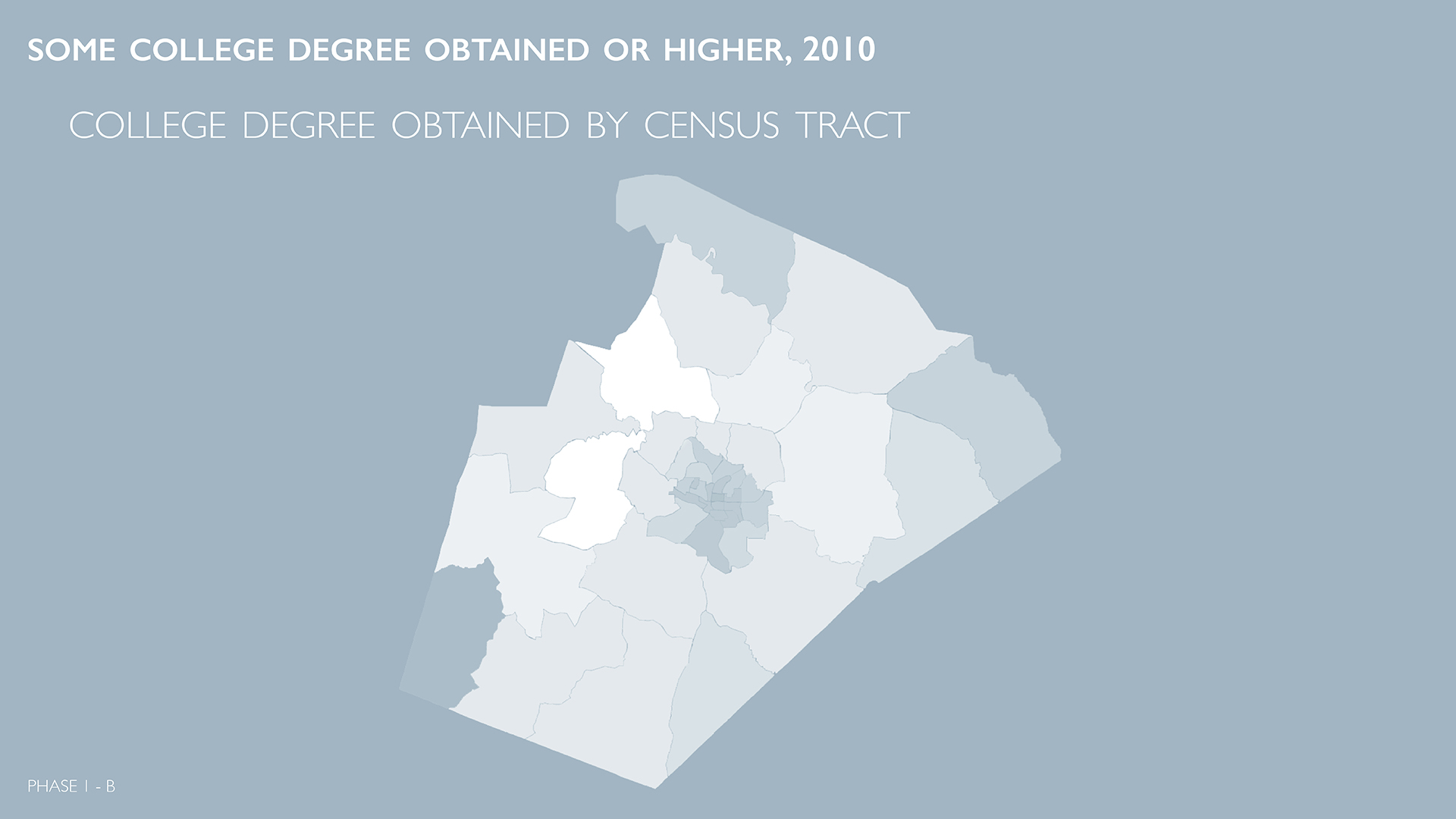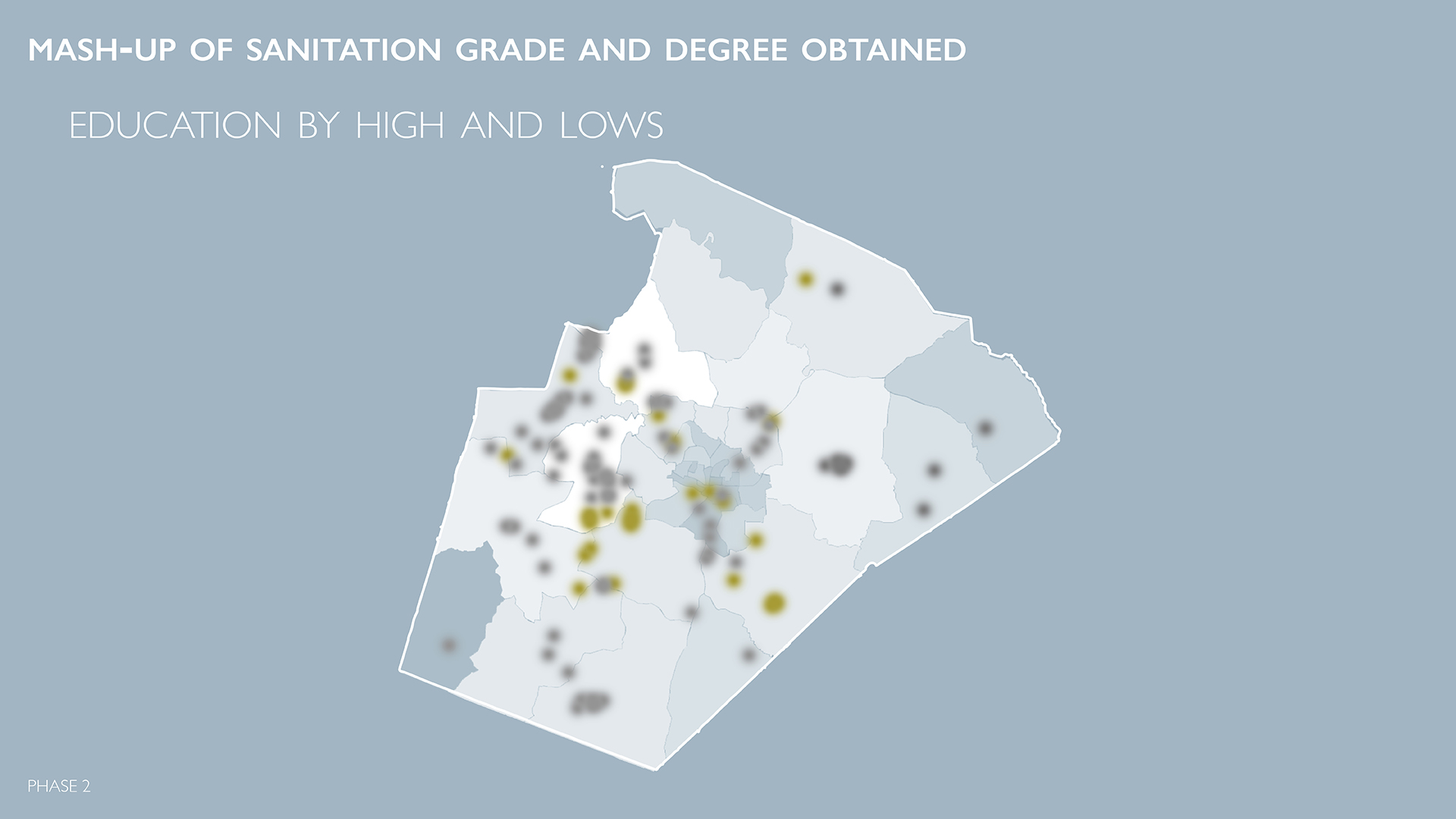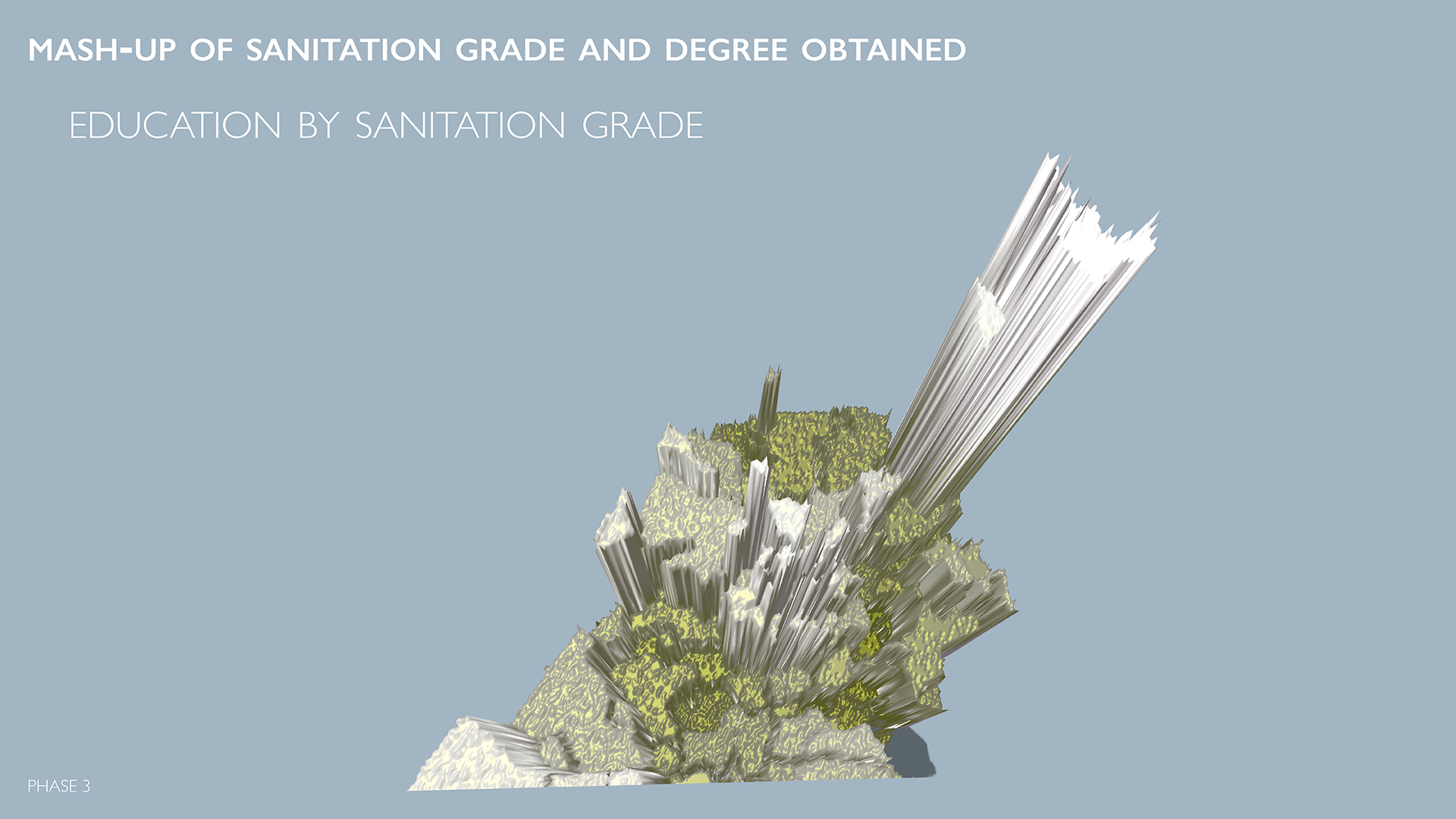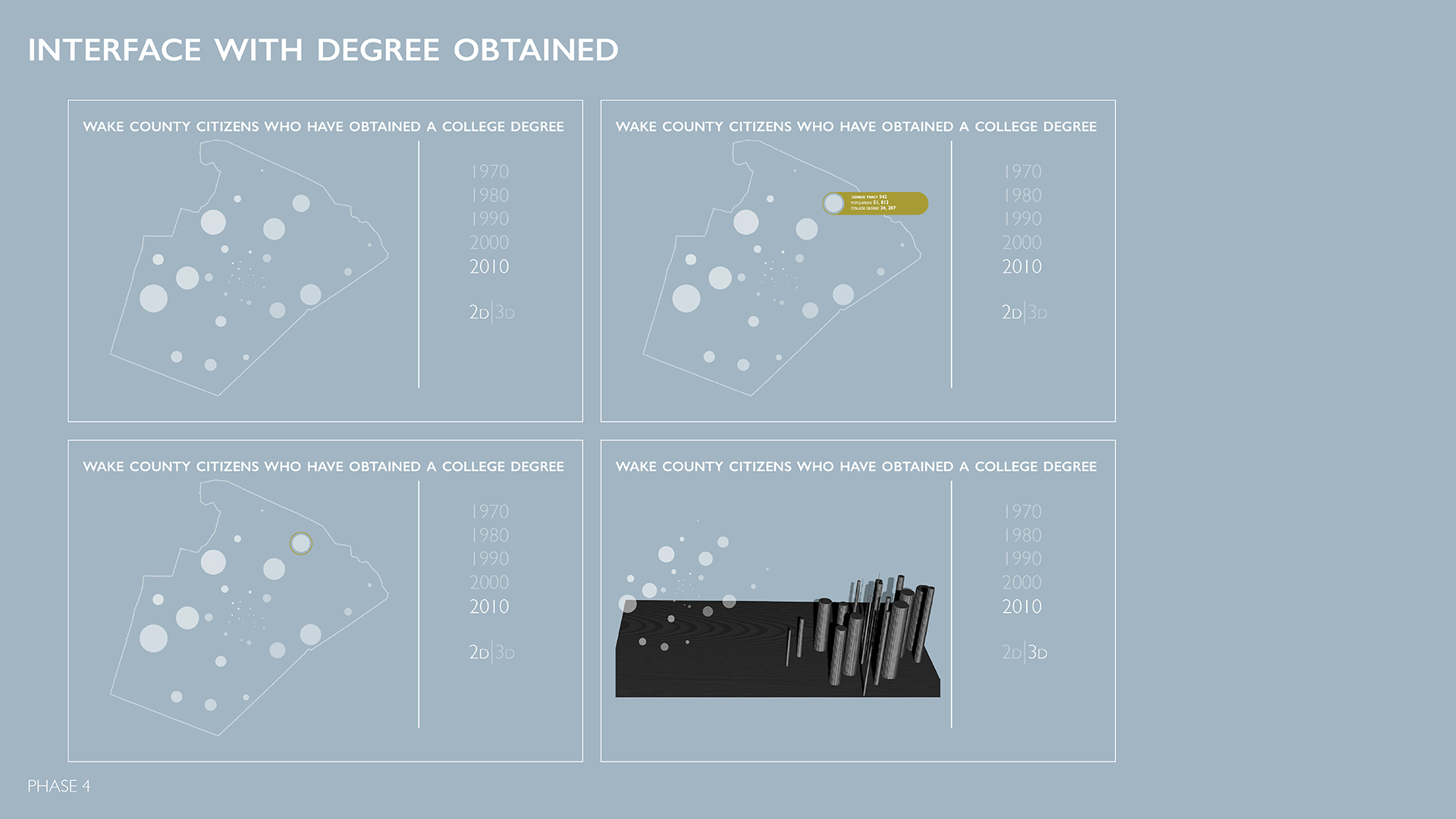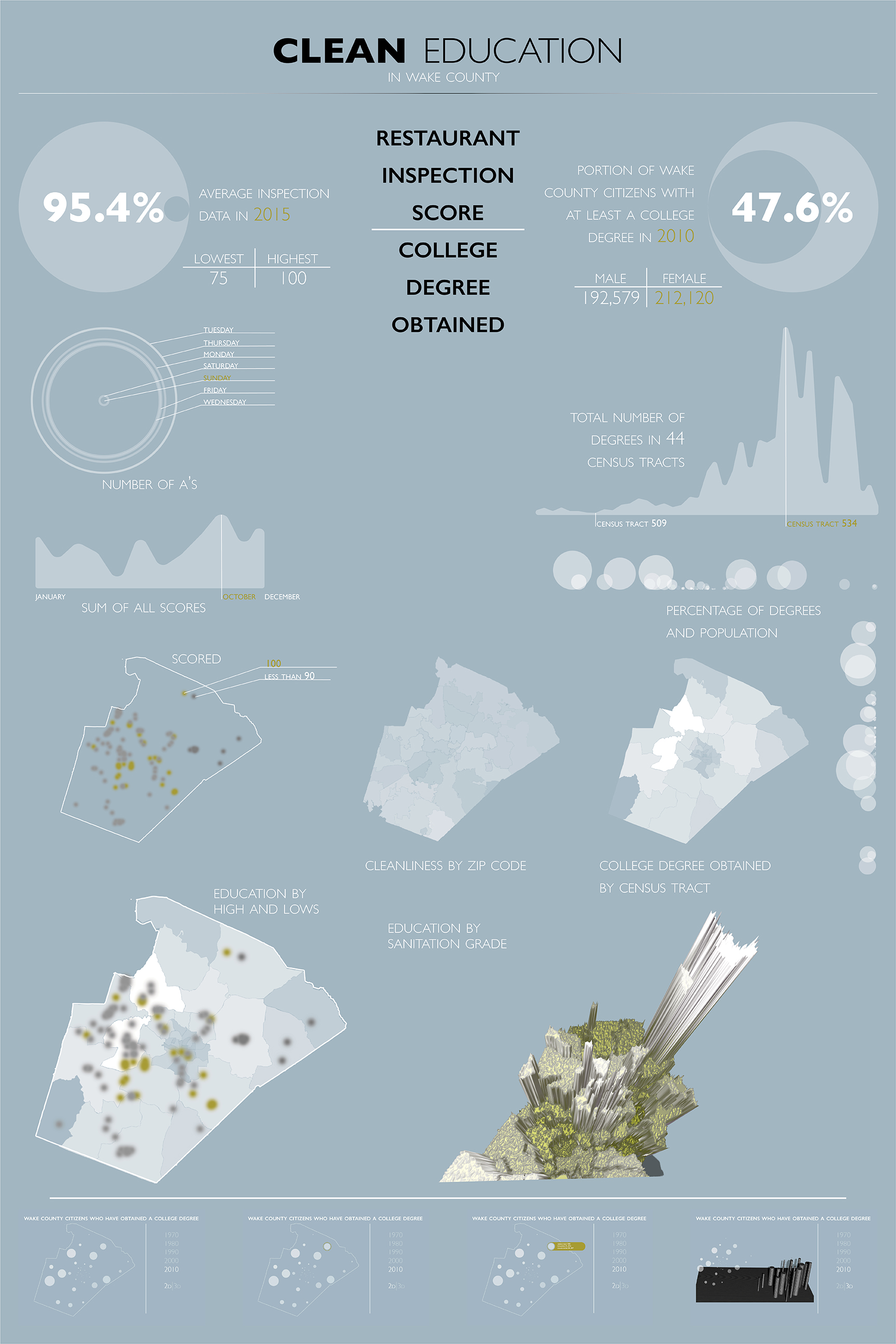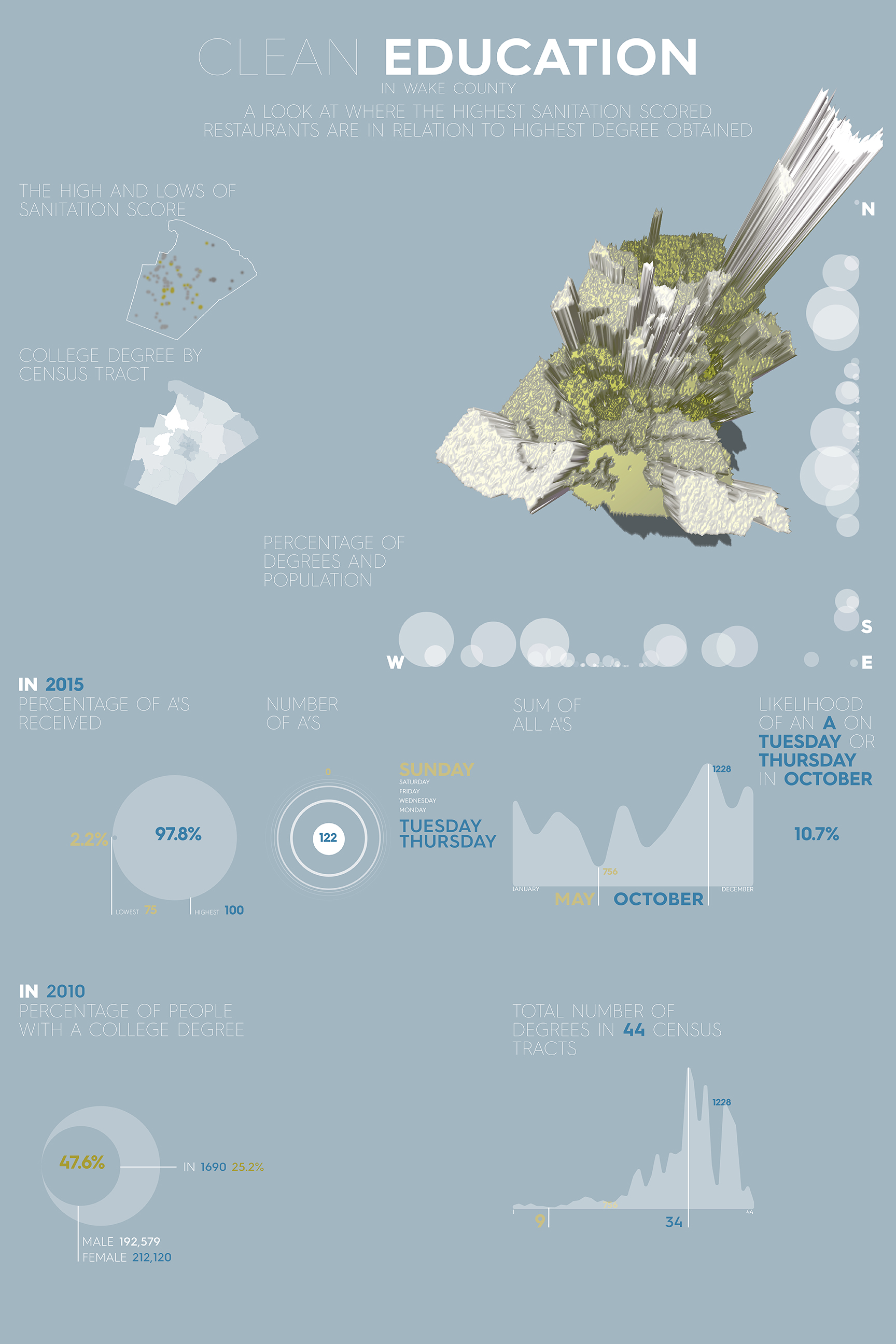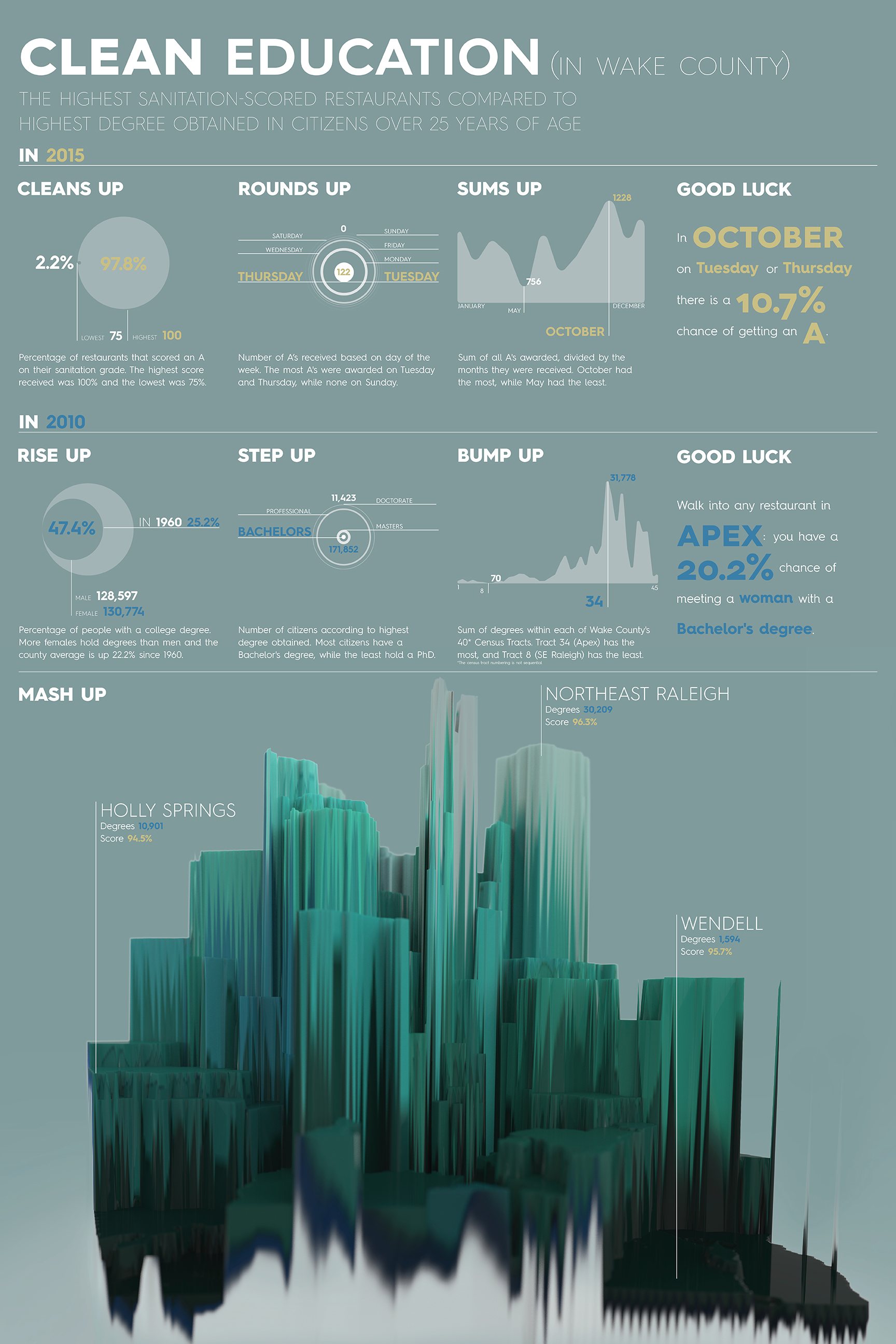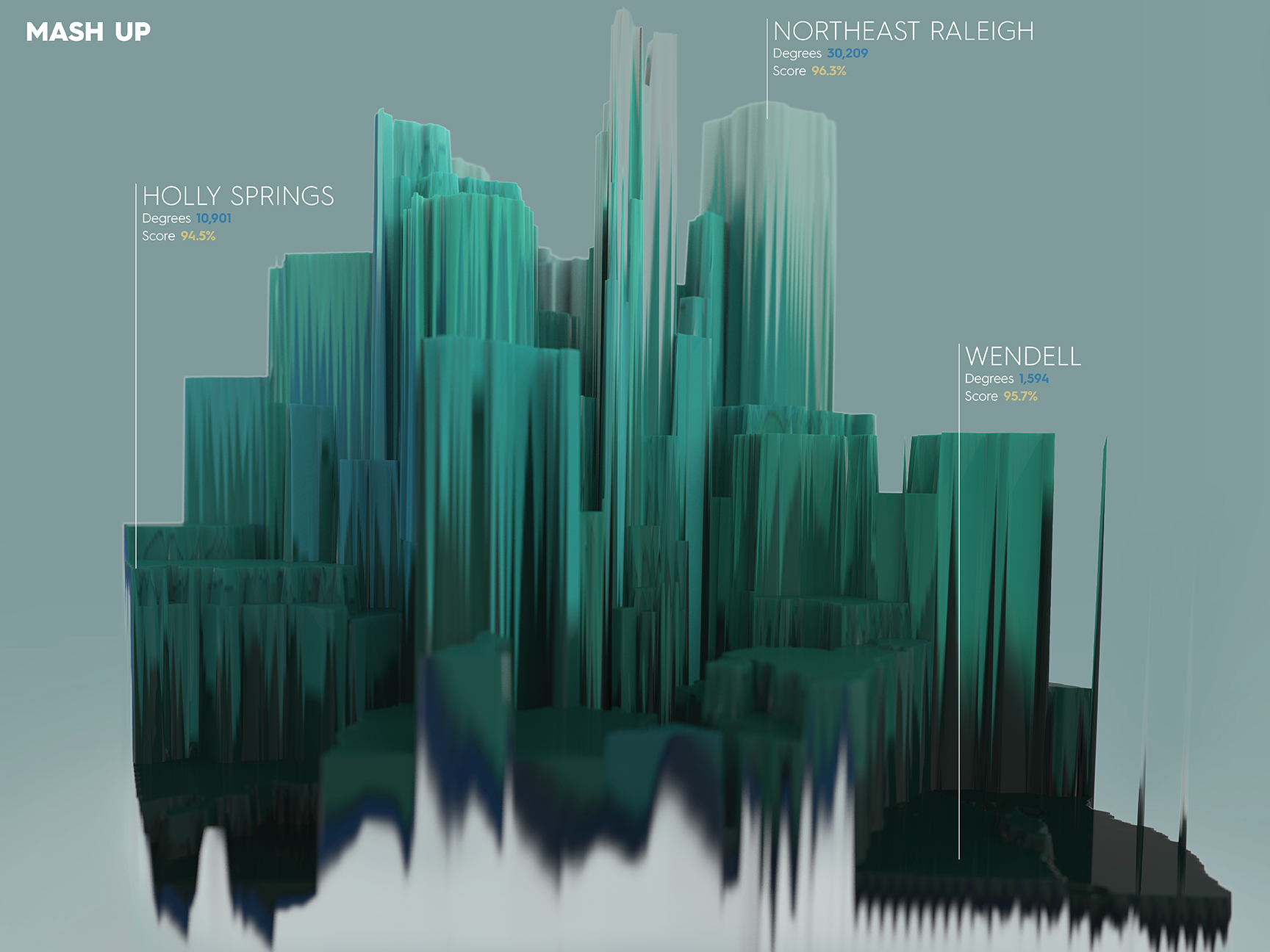Design Task
This was a project was for the graduate level studio GD502: New Information Environments. We were tasked with finding two disparate data sets that had no direct causation with each other and find a possible correlation with the aim to tell a lie. While this is not what is desired in the real world; this was a creative, playful and mischievous exploration of form with how data can take on an interesting shape to tell story. Some of the constraints of the project were the data had to come form North Carolina and the data needed to be visualized in 2D, 3D, and (optionally) 4D.
Design Process
We began looking at data through Microsoft Excel. It was in here we used their simple graph creator tool to get an idea of what trends we could see. As we learned our story, we switched over to other creation tools like Adobe Illustrator. Some students in the class explored the data through Google Sketch-up, Processing or the javascript library, D3. I used my industrial design background to create a bump-map in Adobe Photoshop to extrude my data out. I rendered the model in Keyshot.
There was a lot of back and forth with this process of finding what the story really was. For example, in one data set I had over 12,000 rows with over 50 columns. I had a lot to sort through to figure out what I wanted to actually look out. One thing that I discovered is that to tell there story there needed to be a constant between the two data sets. One of the initial constraints was the data had to come from North Carolina, so I chose to narrow down mine to Wake County. I used that location as my commonality, so any geo-location data would fall within that similarity. The other thing was getting the numbers to have some similarity. I used percentages to explore how one area compares to another. Below I go more into what this meant.
